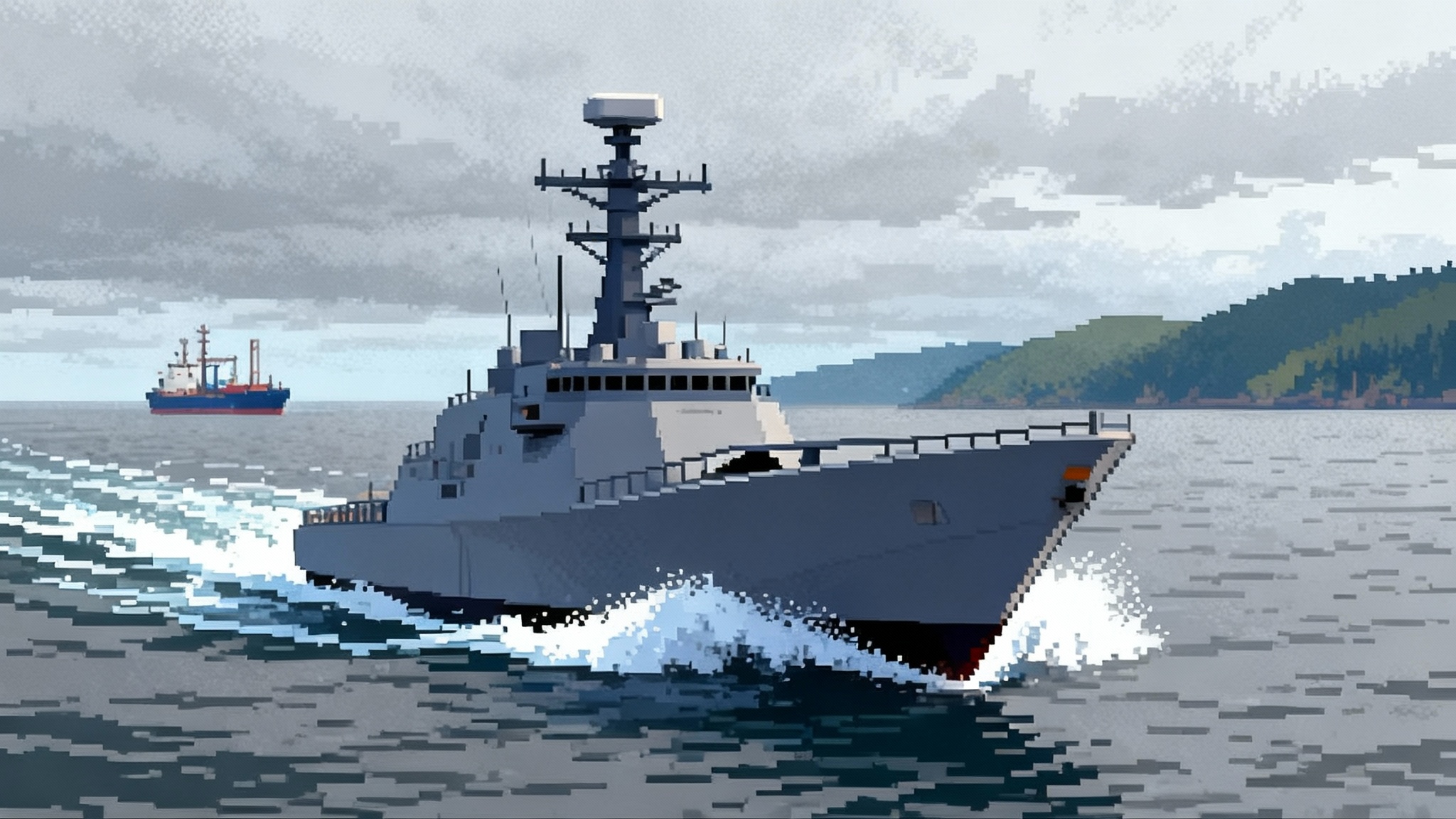Iron Beam Goes Operational: Lasers Rewrite Air Defense
Israel says its Iron Beam laser will enter service in 2025 after completing final tests in September. A combat ready high energy laser could flip the economics of defending against rockets, mortars, and drones while reshaping tactics and procurement worldwide.

A quiet flash that changes the game
Israel just put the world on notice. After years of development and trials, the Defense Ministry announced in mid September that Iron Beam completed operational testing and will enter service before December 31, 2025. The declaration signals that a high power battlefield laser is ready to fight, not just demo. See the Reuters report on Iron Beam readiness.
Iron Beam is designed to burn through rockets, mortars, and small drones at the speed of light. Israeli officials frame it as a cost saver and a magazine extender. Traditional interceptors can cost tens of thousands of dollars per shot. Each laser shot costs only electricity and optics wear. September tests in southern Israel reportedly included interceptions of rockets, mortars, aircraft, and UAVs under an operational configuration, with first systems slated for integration by year end.
Why lasers flip the cost curve
- Near zero marginal cost: Once power and cooling are available, each shot is far cheaper than a missile and can be repeated without reloading.
- Deep magazine: As long as you can feed power and manage heat, the effective magazine is as large as your generator and batteries.
- Instantaneous engagement: No time of flight and no ballistic lead, which simplifies geometry for slow or modestly maneuvering targets.
- Low collateral risk: Energy is deposited on a small spot, reducing danger to bystanders compared with fragmenting warheads.
These advantages matter when defenders face barrages of short range rockets or swarms of cheap quadcopters. Every laser shot preserves interceptors for harder threats and saves precious reload time during massed attacks. For broader context on multi layer design, see our overview of layered air defense basics.
Tactics with a combat ready Iron Beam
Expect Israel to position Iron Beam near high value sites and along likely threat arcs to thin out the volume of small threats. The natural pairing is laser first, missile second. The laser handles surging rockets and drones at shorter ranges and lower altitudes. Interceptors then engage leakers, larger munitions, or anything in bad weather. As the system integrates with national command and control, cueing from radars and electro optical trackers should shorten engagement chains and reduce dwell time per target. September’s announcement that the system proved effective across scenarios suggests the concept of operations is mature enough to assign missions and sectors.
The physics bill you still have to pay
Lasers are not magic. They are very fast cutting torches pointed across air. Four constraints define what they can and cannot do today:
- Weather and aerosols: Fog, heavy rain, dust, sea spray, and smoke scatter or absorb energy before it reaches the target. Heat shimmer and urban aerosols degrade beam quality too.
- Power generation: High energy lasers demand large, steady electrical power. Ground sites rely on generators plus batteries for pulse power. Mobile platforms pay a weight and volume tax for power and thermal gear.
- Beam control and stability: Keeping a tight spot on a moving target for seconds requires precise tracking, jitter control, and adaptive optics to counter turbulence.
- Thermal management: Heat must be removed from the laser and beam director. Overheating forces pauses that adversaries can exploit with timing and saturation.
Bottom line: lasers excel in clear weather and controlled geometries. In poor conditions they still contribute, but as part of a multi effect defense that includes jammers, guns, and missiles. For fundamentals, visit our directed energy weapons guide.
Expect countermeasures and counters
Adversaries will try to stretch dwell time or force the laser off target:
- Swarm saturation: More targets than the laser can service. Counter is prioritization software, multiple turrets, and pairing lasers with rapid fire guns and electronic warfare.
- Reflective or ablative skins: Shiny or sacrificial coatings can delay heating but degrade quickly under high flux. Counter is higher power density and aimpoints on seams, sensors, or propellers.
- Spin and tumble: Rolling airframes distribute heat. Counter is faster track rates and predictive aimpoint control that rides the spin.
- Maneuver and masking: Terrain dips, structures, smoke, and aerosols. Counter is elevated mounts, layered sensor cues, and earlier engagement while the line of sight is clean.
- Harder targets: Thick casings and larger rockets need longer dwell or cooperative fires. Counter is multiple beam directors on one aimpoint.
How peers stack up: China and the United States
China has showcased vehicle mounted anti drone lasers in state media and highlighted naval and ground variants in recent parades. These displays signal intent more than verified performance.
In the United States, two tracks are most relevant:
- U.S. Navy: The HELIOS system installed on a destroyer has demonstrated lethal engagement against an aerial drone. See the Navy HELIOS laser test report.
- U.S. Army: DE M SHORAD fields a 50 kW class laser on a Stryker for mobile counter drone and short range threats, while a 300 kW class fixed site program targets rockets, artillery, mortars, and some cruise missiles.
The playbook for using lasers well
Lasers are not stand alone shields. The best results come from pairing them with sensors and other effectors in a fast, automated kill chain:
- Detect and classify with radar and passive EOIR sensors. See practical tips in our counter drone warfare tactics.
- Assign each engagement to the cheapest effective effector that meets time to kill.
- Use aimpoint libraries and engagement profiles optimized for each target type.
- Reserve missiles for bad weather, longer ranges, and hard targets.
- Keep generators running and heat sinks cool to avoid a pause under fire.
For rockets and mortars, catch them early in flight while the aspect angle is favorable and the line of sight is clear. For drones, prioritize sensors, props, and battery packs. For swarms, pair lasers with radio frequency jammers and proximity fuzed 30 mm rounds.
Technical ceilings that still matter
- Range: Atmospheric loss and safety constraints make these systems short range compared with missiles. Engagement ranges of a few kilometers against drones and short range rockets are plausible today.
- Energy on target: Bigger, faster, or better insulated targets require more energy than a 50 to 100 kW class laser can deposit in a short dwell, which is why higher power programs exist.
- Platform constraints: On ships the challenge is electrical and thermal integration. On vehicles it is weight, space, power, and cooling. On fixed sites it is redundancy and weather proofing.
These ceilings do not erase the value. They define where missiles remain the right tool.
Procurement and geopolitics over the next 24 months
- NATO: Expect interest from frontline states facing drone harassment and occasional rocket fire. Northern climates will treat lasers as one layer among guns, missiles, and jammers. Early buys favor stationary base defense and critical infrastructure, with mobile variants following as power and cooling packages shrink.
- Gulf states: Clear air for much of the year and persistent drone and rocket threats make the Gulf laser friendly terrain. Israel’s move to operationalize Iron Beam in 2025 will accelerate co production talks, export variants, and integration with existing sensor networks.
- Indo Pacific partners: Japan, Australia, and Singapore are likely to emphasize shipboard and base defense lasers for counter drone roles. Allied navies will watch U.S. sea trials for cues on doctrine and integration.
Two dynamics shape timelines: industrialization of beam directors and optical coatings, and the shrinking of power and cooling packages. The faster industry ruggedizes these subsystems, the faster mobile and shipboard lasers proliferate. Fixed site systems will lead near term because they can host larger generators and chillers.
What changes on the battlefield
The biggest shift is psychological and economic. Attackers who counted on saturation with cheap rockets and drones now face a defender whose per shot cost is close to zero. That does not end the threat, but it blunts a key asymmetry. Defenders can afford to practice and fire. Attackers must improve tactics and materials just to keep losses tolerable. If Israel fields Iron Beam before year end and sustains operations through the first bad weather season, 2026 could see a wave of contracts that treat lasers as a practical layer rather than a science project.








